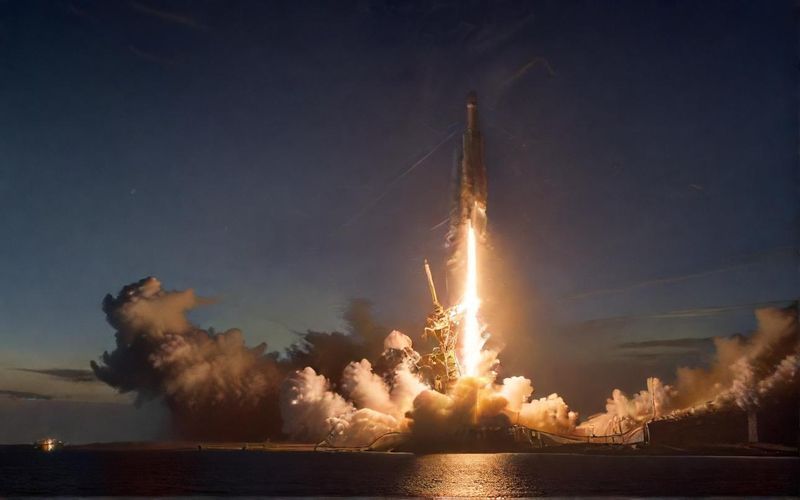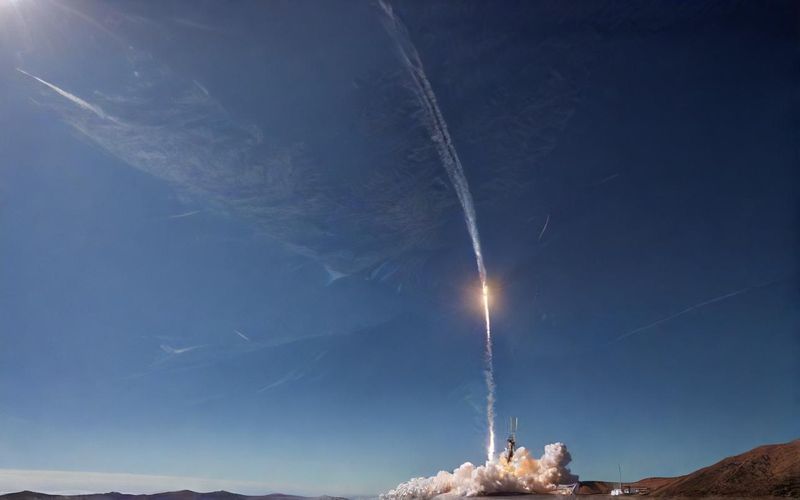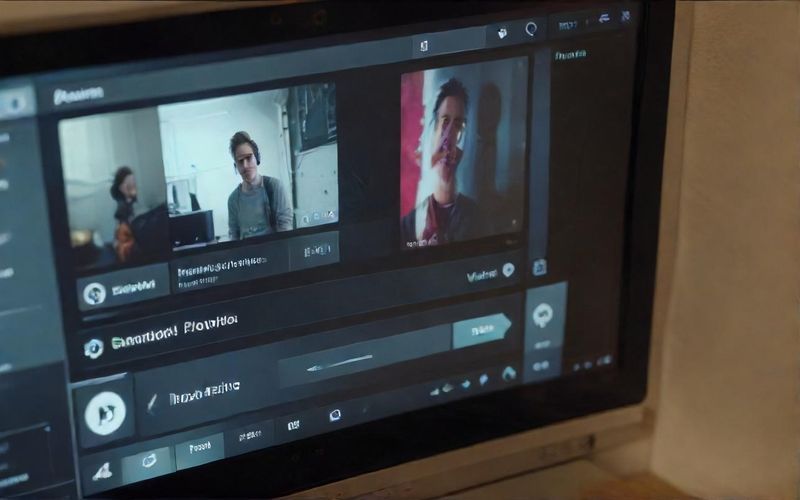SpaceX Launches Starlink Satellites, Booster Lands

As reported by Florida Today, the weather was practically perfect, with a 90 percent chance of favorable conditions. You could almost feel the excitement in the air, a palpable sense of anticipation for what was to come. The mission, designated Starlink 10-27, continued SpaceX’s impressive work of expanding its satellite internet constellation. What’s particularly fascinating, though, is the reuse of technology. The first stage booster used for this flight, with the tail number B1085, was making its 11th journey into space. This booster has a history, having supported missions like NASA’s Crew-9 and even a previous Starlink deployment, as noted by WKMG.
The real thrill for many rocket enthusiasts, myself included, comes shortly after liftoff. As reported, the Falcon 9 booster B1085 successfully landed on the droneship A Shortfall of Gravitas, marking the 125th such touchdown on that vessel and the 508th booster landing overall for SpaceX. It's an incredible feat of engineering, this ability to catch a falling rocket booster from miles away. There was also a unique visual to behold as the sunlight caught the rocket’s exhaust, creating what some described as a "jellyfish" effect in the pre-dawn sky. It’s moments like these, blending scientific achievement with sheer visual wonder, that remind us why the ongoing SpaceX rocket launch activity captures so much attention.
With these successful missions, it makes you wonder about the next frontier. Given SpaceX's plans to build massive BFR rocket boosters and spaceships, and the constant evolution of satellite technology, where do you think this relentless pursuit of space exploration will take us in the coming years?









